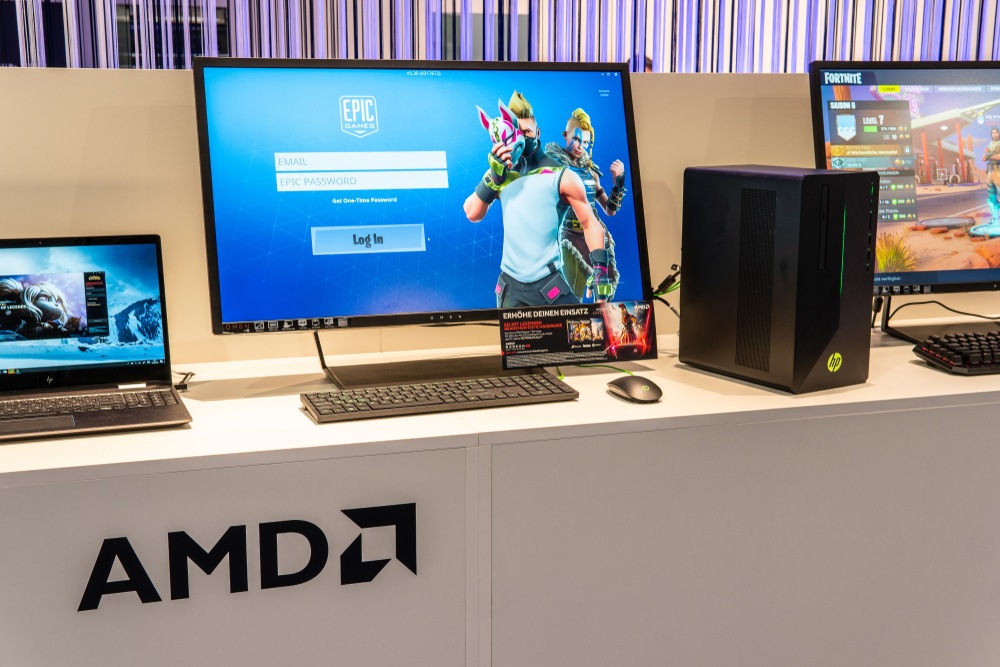AMD Radeon CVP and GM Scott Herkelman said in a video interview with PCWorld that FidelityFX Super Resolution (FSR), the company’s response to Nvidia DLSS, is “progressing very well internally” and that he believes it could debut later this year.
Nvidia introduced DLSS in 2018 and released DLSS 2.0 in 2020, so in some ways, AMD’s response to the technology is coming later than some might have expected. But that can partly be attributed to AMD’s plans to make FSR a cross-platform tool.
DLSS is currently limited to Nvidia graphics cards. FSR is supposed to operate across AMD’s GPUs, including those used in the Xbox Series X|S and PlayStation 5, as well as graphics products made by Intel and Nvidia. That’s a much bigger undertaking.
“Our commitment to the gaming community is [FSR] needs to be open, it needs to work across all things, and our game developers need to adopt it and feel like it’s a good thing,” Herkelman said in the PCWorld interview, which you can watch here:
Herkelman also said that FSR is “probably one of the biggest software initiatives we have internally, because we know how important it is that if you want to turn on ray tracing, you don’t want to […] have your GPU get hit so hard.”
Unfortunately, it seems like foundational aspects of FSR still have to be figured out. Herkelman told PCWorld the tool wouldn’t have to be based on machine learning, and that it’s working with game developers to find the best way to improve performance.
In the meantime, Nvidia said Wednesday that nearly 40 titles currently support DLSS and that “there are many more implementations of these technologies waiting in the wings to be announced and released in the coming weeks and months.”
This could turn out to be a tortoise-and-the-hare situation. An open source, cross-platform solution like FSR could easily appeal to developers more than a proprietary technology like DLSS. The problem is FSR hasn’t even shown up to the race track.
